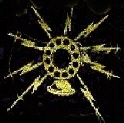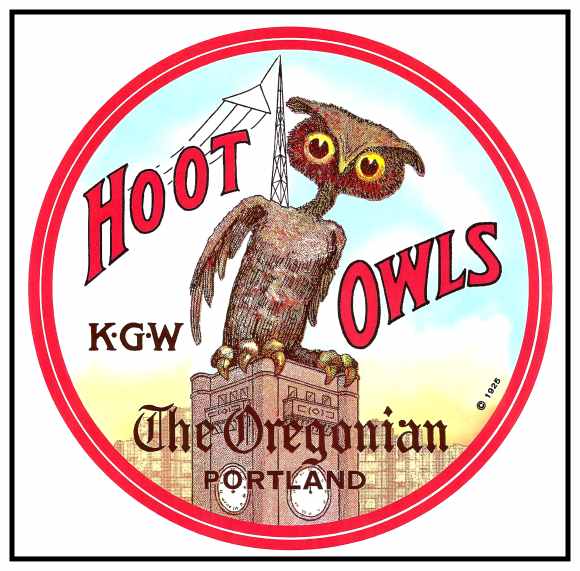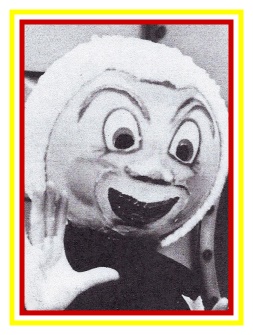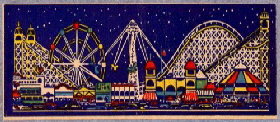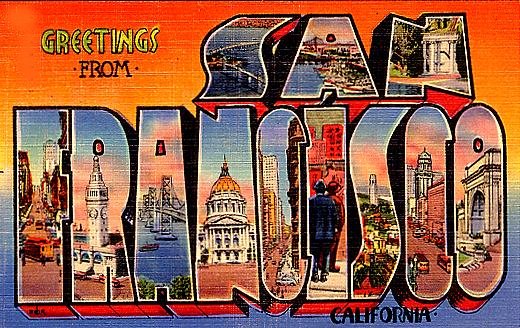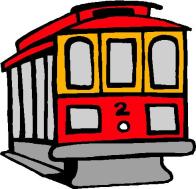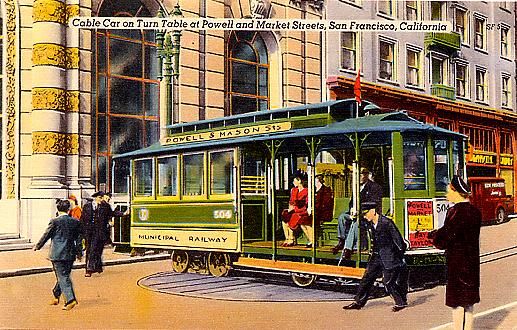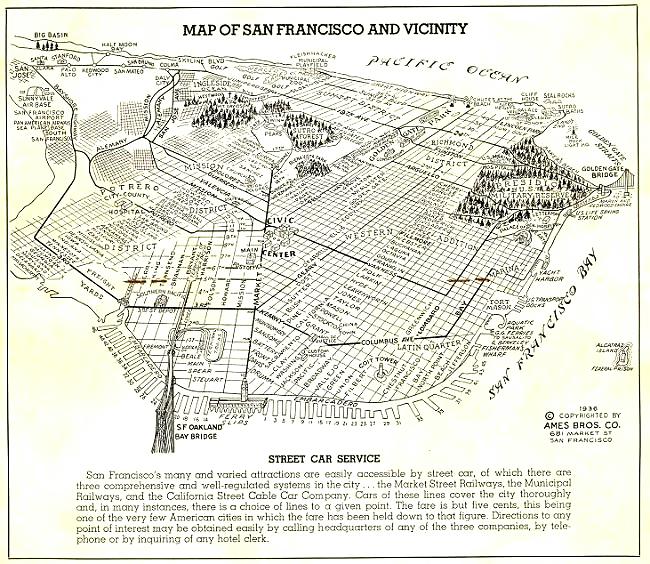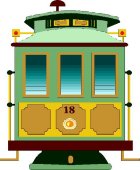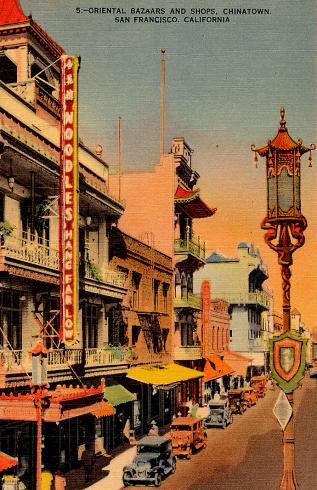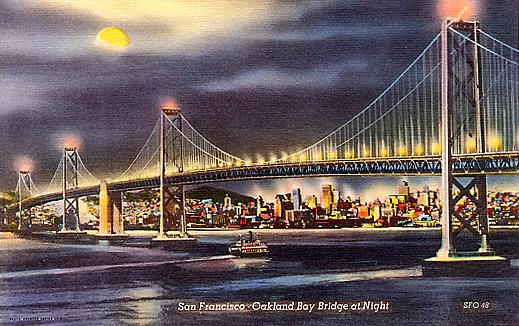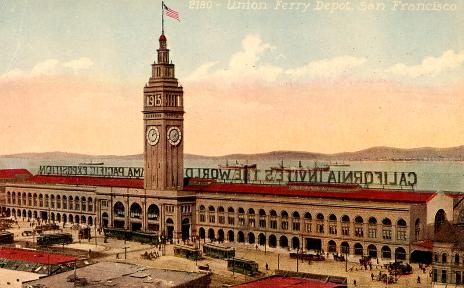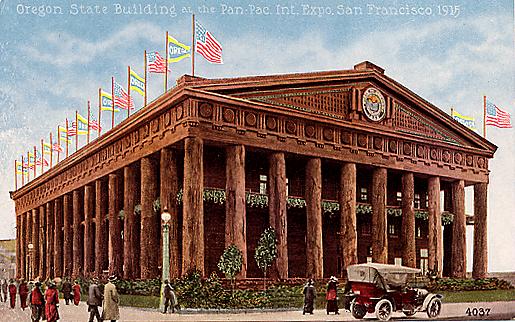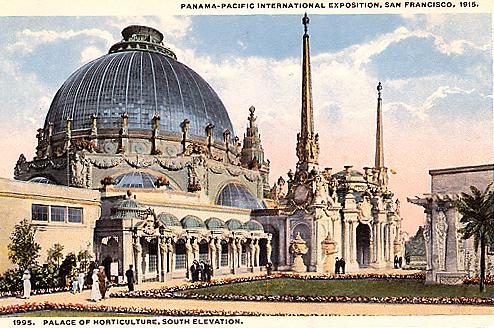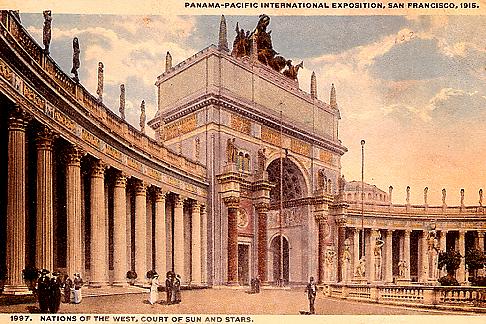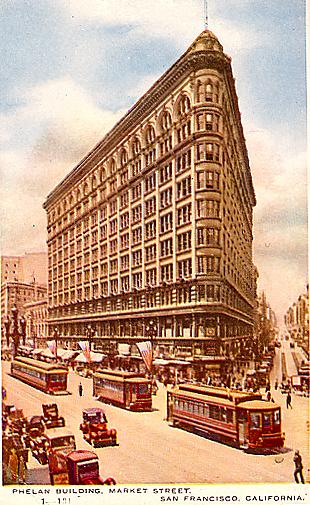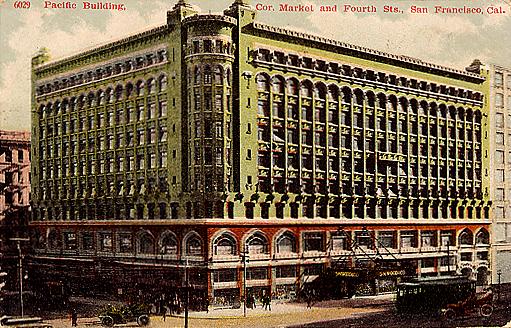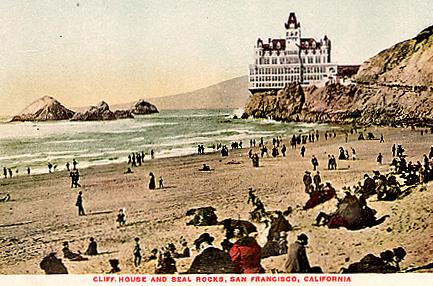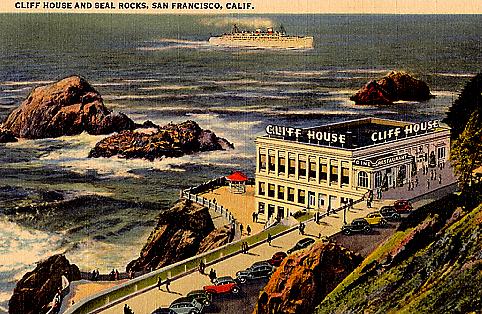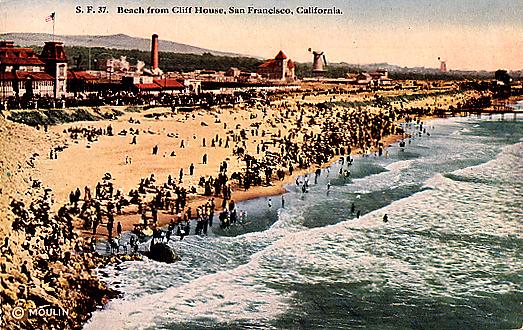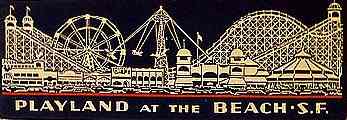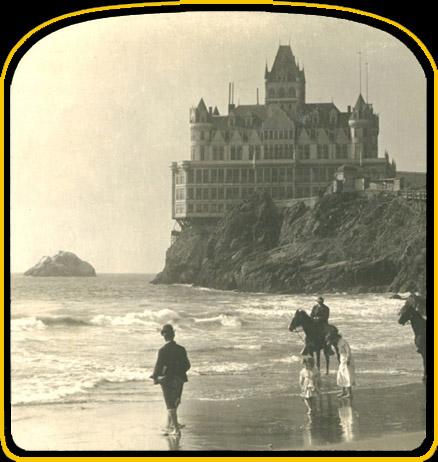|
The City by the Bay was actually settled on a military post that was established in 1776 for the Spanish Viceroy in Mexico City. Shortly thereafter, it also became the site of Mission Dolores. In 1835, there was a tiny settlement of tents that was founded as the town of Yerba Buena, a shipping port of call that was distinct from the mission and military outpost.
In 1847, President Polk declared war on Mexico and issued a decree renaming the new American town San Francisco. A year later, gold was discovered 120 miles away at Sutter’s Mill and San Francisco grew almost overnight. In 1850, California became a state and San Francisco boasted a population of over 20,000 people.
With its growing population and the expansion of the city beyond the flatlands to the many hills that surrounded them, it was time for public transportation to move the people and their goods. The city’s first horse-drawn omnibus began operation in 1852. You could ride for 50 cents on weekdays and $I on Sundays from the Post Office at Clay and Kearney to Mission Dolores. Soon there were many other lines and the fares were reduced to ten cents.
|
